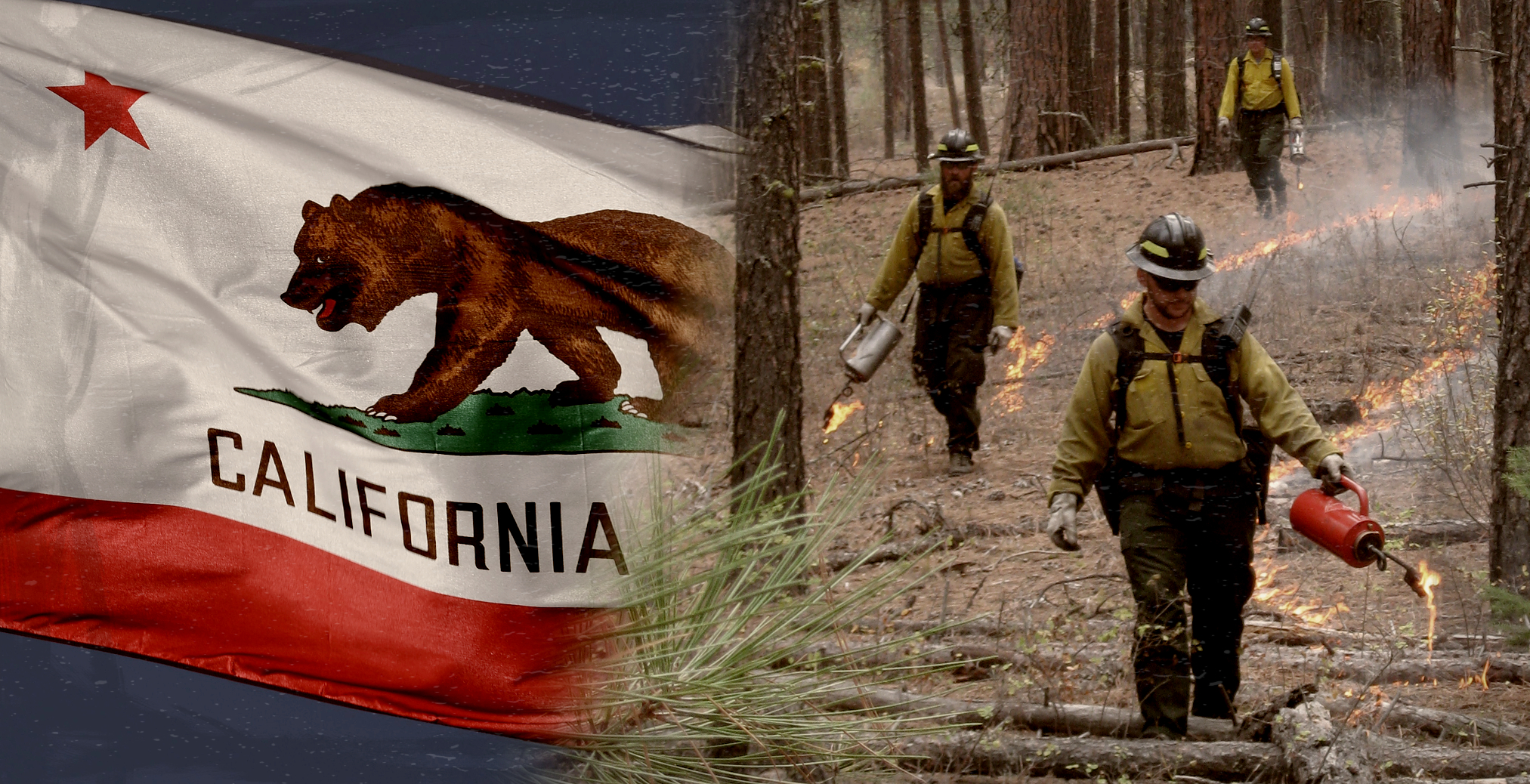
CalVTP – Balancing Public Health with Increasing Pace and Scale
This week, American Forests issued a comment letter in support of the California Vegetation Treatment Program (CalVTP) Draft Program Environmental Impact Report (PEIR). This program would increase the pace and scale of restoration and climate-fueled wildfire adaptation by achieving 250,000 acres of vegetation treatment annually. Restoration on this scale would significantly increase wildfire resilience, forest health, and public safety.
One of the biggest potential significant impacts addressed in the Draft PEIR was smoke and air quality concerns from using prescribed fire as a treatment tool. The proposed program could result in up to 125,000 acres of prescribed fire implemented annually, a significant increase from current implementation and restoring fire as a natural landscape process. But like all fire, prescribed fire, or “good fire,” results in smoke and particulate emissions which have public health impacts to sensitive groups. As a result, alternatives proposed rely on mechanical treatments.
Mechanical treatments are usually favored because they create desired conditions quickly with minimal fire risk. Site conditions, unfortunately, are not always favorable. For example, of the productive forest lands in the Sierra Nevada, only 25% are available for mechanical treatment due to legal, operational, and administrative constraints. This means that alternative methods must be used to treat these remaining acres, but hand treatment is costly and labor-intensive, and herbicide treatment has its own environmental effects to consider.
Fuel treatments like prescribed fire can avoid the much higher costs associated with a catastrophic wildfire. Although prescribed fire has significant impacts to air quality and GHG emissions, studies have also shown that prescribed fire has three-times less harmful particulates than wildfire, resulting in an overall lower air quality impact. Prescribed burning also improves habitat for wildlife, can control exotic and invasive species, and some native species depend on fire disturbance for their lifecycle.
If we are trying to increase the pace and scale of restoration, then these significant impacts may be unavoidable. But restoration can mitigate the impact of catastrophic wildfire on communities, air quality, and forest health, by using all treatments available strategically to implement fuel reduction goals.
Mechanical treatments can create fuel breaks and burn units to implement prescribed fire over a large acreage safely. And mechanical treatments can be prioritized in areas like chaparral and coastal sage scrub, areas at the highest risk of habitat-type conversion due to fire.
The CalVTP is an important step in increasing forest and wildlands resilience in the face of catastrophic wildfire and climate change.
American Forests commends the Board of Forestry and Fire Protection for their draft plan and urges the board to choose a plan alternative that keeps large scale treatment options on the table.